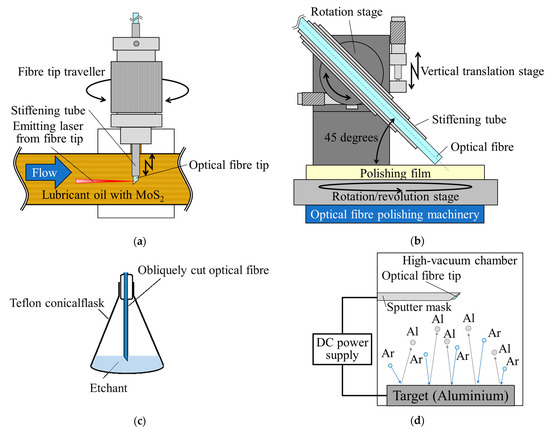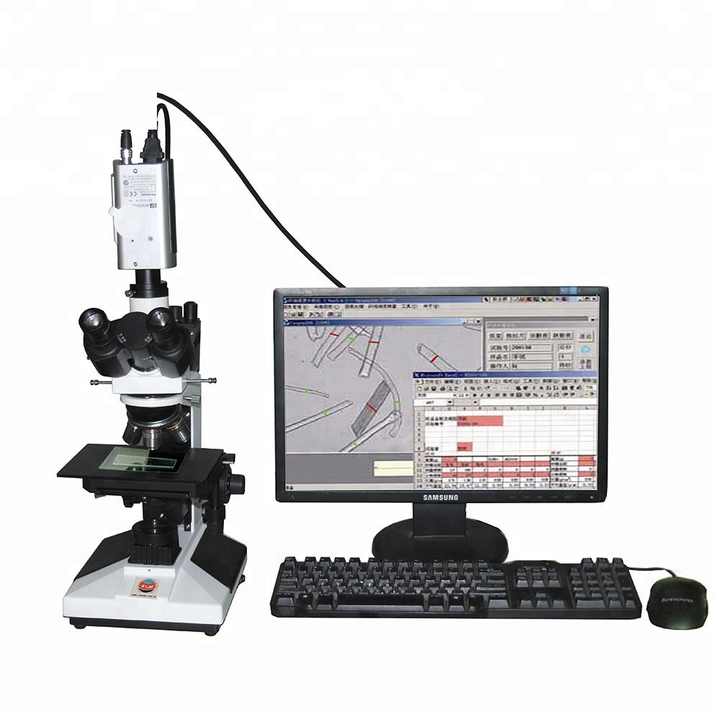Essential Features to Look for in an Optical Fibre Diameter Analyser for Optimal Performance
Discover the Relevance of an Optical Fibre Diameter Analyser for Precision Measurements
The precision of optical Fibre dimensions is vital in the telecommunications market, where also the least inconsistency in Diameter can lead to considerable signal deterioration. An optical Fibre Diameter analyser offers as a crucial device to make certain these measurements are consistent and exact, consequently improving general system efficiency.
Comprehending Optical Fibre Diameter
Understanding the Diameter of optical fibers is essential for ensuring optimum performance in telecommunications and information transmission applications. The Diameter directly influences the light-carrying capability of the Fibre, influencing both signal strength and quality. Optical fibres usually can be found in two main groups: single-mode and multi-mode, each with unique Diameter requirements. Single-mode fibers usually have a smaller sized core Diameter, around 8 to 10 micrometers, permitting the transmission of light signals over longer distances with minimal loss. In comparison, multi-mode fibers include bigger core sizes, normally between 50 to 62.5 micrometers, which promote higher transmission capacity over shorter ranges.
Standardization in Diameter specs makes certain compatibility between various Fibre kinds and ports, lowering the threat of system failings. As telecoms modern technology continues to develop, the need for dependable optical Fibre Diameter analysis comes to be significantly extremely important, emphasizing the value of utilizing advanced dimension devices and techniques to preserve top notch communication networks.
Benefits of Accurate Dimensions
Accurate measurements of optical Fibre Diameter are critical for maximizing network efficiency and reliability. The integrity of optical signals is directly affected by the harmony and precision of Fibre sizes, as disparities can cause boosted depletion and signal destruction. By ensuring that the Diameter of optical fibers is consistently determined within defined tolerances, operators can lessen losses and enhance general transmission quality.
In addition, precise Diameter evaluations contribute to efficient Fibre splicing and connectorization. Dissimilar diameters can result in bad coupling efficiency, causing enhanced insertion losses. This precision is particularly essential in high-speed networks, where also small disparities can have significant effect on information transmission prices.
On top of that, preserving strict standards for optical Fibre dimensions aids in conformity with sector guidelines, ensuring that products meet called for specifications. optical fibre diameter analyser. This not only bolsters consumer self-confidence yet likewise boosts the online reputation of makers and company in the affordable telecommunications landscape
Inevitably, the benefits of accurate dimensions prolong beyond prompt performance gains; they foster long-term integrity and longevity of network framework, paving the means for future improvements in optical interaction technology.
Applications in Telecom
The applications of optical Fibre Diameter analysers in telecommunications are essential for ensuring optimum network performance and efficiency. optical fibre diameter analyser. These analysers play a critical function in the production, setup, and upkeep of optical Fibre cords, where precise dimensions of Fibre Diameter significantly influence the overall performance of interaction systems
In telecommunications, keeping consistency in Fibre Diameter is crucial for decreasing signal loss and making best use of transmission quality. Variations in Diameter can lead to enhanced attenuation and minimized data transfer, impacting information transmission prices. Optical Fibre Diameter analysers make it possible for technicians to check and manage these measurements throughout the manufacturing procedure, making certain that the fibres satisfy rigorous requirements.
In addition, during setup and upkeep, these gadgets help in validating that the set up fibers adhere to the called for standards, hence protecting against potential failures in communication framework. By utilizing optical Fibre Diameter analysers, telecommunications business can enhance their service integrity and consumer fulfillment.

High Quality Control Requirements
In the world of optical Fibre manufacturing, adherence to quality assurance standards is paramount for making sure the reliability and performance of interaction systems. The precision in optical Fibre Diameter is crucial, as variants can dramatically influence signal honesty and overall system effectiveness. Consequently, suppliers have to apply strict quality assurance actions throughout the production process.

By sticking to well-known top quality control requirements, makers not just enhance the efficiency of their optical fibers however likewise make sure you can check here customer complete satisfaction and depend on. Inevitably, robust high quality control techniques are essential to the success of optical Fibre production and the development of communication innovations.
Future Patterns in Dimension Modern Technology
Just how will innovations in dimension modern technology shape the future of optical Fibre production? As the need for high-performance optical fibres rises, accuracy dimension devices will end up being increasingly essential. Future patterns indicate a change towards automated, high-throughput measurement systems that make use of innovative algorithms and expert system to boost accuracy and performance. By incorporating real-time information and sophisticated sensing units analytics, suppliers will certainly have the ability to keep track of Fibre Diameter variants with unmatched precision.
Moreover, the incorporation of non-contact measurement techniques, such as laser triangulation and optical coherence tomography, will certainly minimize the threat of contamination and physical damages to optical fibers throughout analysis. These advancements assure to streamline quality assurance processes, guaranteeing that just one of the most trustworthy products reach the marketplace.
Sustainability will certainly likewise play a critical function in future dimension modern technology. Recyclable products and energy-efficient systems will certainly be prioritized, straightening with international environmental criteria. Additionally, the fostering of Sector 4.0 principles will assist in smooth discover this combination of measurement technology within smart production environments, permitting continuous enhancement and rapid innovation.
Final Thought
Finally, the optical Fibre Diameter analyser offers as a vital tool for ensuring accuracy in telecommunications. Precise dimensions straight improve signal toughness and transmission high quality, consequently reducing signal loss. These analysers not just support quality assurance criteria but additionally foster consumer self-confidence in optical Fibre modern technologies. As the electronic landscape remains to advance, improvements in dimension modern technology will even more solidify the relevance of these analysers in keeping optimal performance and reliability within the telecommunications market.
The precision of optical Fibre dimensions is paramount in the telecommunications sector, where even the tiniest inconsistency in Diameter can lead to considerable signal destruction. An optical Fibre Diameter analyser serves as an important tool to ensure these dimensions are consistent and exact, consequently enhancing general system performance. As telecoms technology continues to advance, the need for reputable optical Fibre Diameter analysis becomes progressively paramount, underscoring the relevance of using sophisticated dimension devices and approaches to preserve high-grade communication networks.
Accurate dimensions of optical Fibre Diameter are essential for enhancing network performance and reliability. Optical Fibre Diameter analysers make it possible for service technicians to keep track of and manage these measurements throughout the manufacturing process, ensuring that the fibers fulfill rigorous specifications.